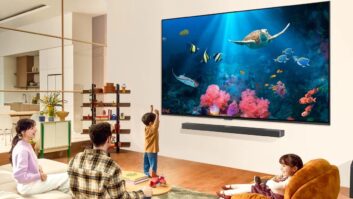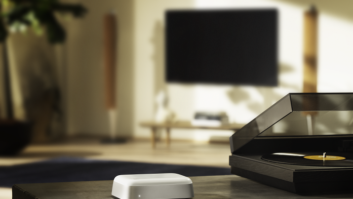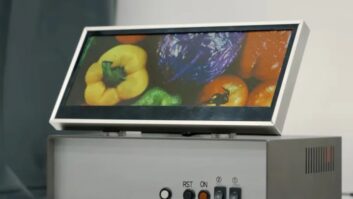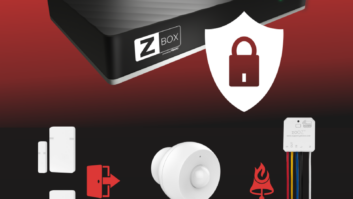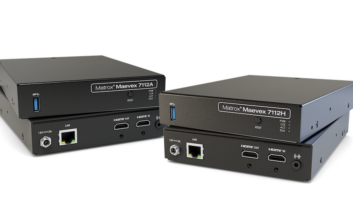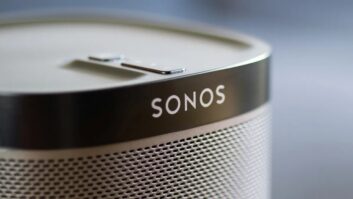NEW YORK –
According to the TWICE Top 100 CE
Retailers rankings, reports of the death of the big-box
store have been greatly exaggerated.
Despite the inexorable rise of
and Apple
to the top of the charts, and the impending demise
of the big-box store as predicted
by bloggers, pundits, and other
prognosticators, the category
killer still reigns supreme.
Examined by channel of distribution,
the multiregional big-box specialty
chains – Best Buy, Fry’s and
hhgregg – accounted for more CE
sell-through than any other retail
classification, with more than a
quarter of Top 100 sales, or $35.4
billion.
Add in the $4 billion contribution
of the office-supply chains;
the $2 billion sales heft of regional
CE/majap boxes like P.C.
Richard and BrandsMart; the $600 million from homefurnishings
emporiums like Nebraska Furniture Mart;
and the $30 billion generated by the mass-merchant
crowd, i.e., Walmart, Target, Kmart and company, and
you can see that this $68 billion channel ain’t going
away any time soon.
That said, virtually all of the growth in consumer
electronics retail last year was concentrated in the
consumer-direct channel, led of course by Amazon
(No. 3). Total channel sales edged up 17 percent to
$23.6 billion, representing 17.7 percent of total Top
100 dollar volume, up from the prior year’s 15.9 percent
share. But despite the advent
of mobile shopping apps
that are diverting purchases
from showroom floors, the direct-
to-consumer channel is no
retail juggernaut: Almost half of
the 22 companies included in
the segment showed CE sales
declines last year, including ecommerce
pioneer
(No. 37). Indeed, the channel
was buoyed largely by Jeff
Bezos’ brainchild, whose electronics
sales spiked more than
51 percent to $12 billion on
increases in Kindle, traffic, and
third-party marketplace commerce.
By comparison, A/V specialists like Bose, Magnolia
and Sony Stores saw their cumulative sales volume increase
15 percent to $16.7 billion, representing 12.5
percent of the Top 100 rankings, up from 11.4 percent
in the prior year. Like the direct channel, most of that
momentum came from one company whose name begins
with an “A.” Sell-through at Apple Stores (No. 4)
increased 29.1 percent to $11.2 billion amid America’s
unending love affair with the company’s cool devices,
engaging retail stores, and top-flight sales and tech
support. The increases, along with a solid 12 percent
gain at 30th-ranked Bose, helped offset declines at
RadioShack and the 67 percent death spiral at Sixth
Avenue Electronics.
The picture was mixed for other distribution channels.
Computer specialty retailers like Microcenter
edged up 2 percent, to comprise 5 percent of total
Top 100 sales volume, but the warehouse clubs conceded
6 percent of their combined market share on a
4.4 percent decline in Sam’s Club sales. The channel
now comprises 6.2 percent of Top 100 volume.
The $30 billion mass merchant channel – once the
most feared A/V specialty slayer until e-commerce
came unto its own – also increased its Top 100 share
by 2 percent amid a 5 percent sales spike at Walmart.
But the aforementioned big-box segments, including
the large CE/appliance chains and office-supply axis
of Staples, Office Depot and OfficeMax, were essentially
flat, fueling bearish arguments for the future wellbeing
of the format. Whether these chains can rightsize
their real estate and find a winning mix of online,
mobile, and brick-and-mortar sales and services still
remains to be seen.





